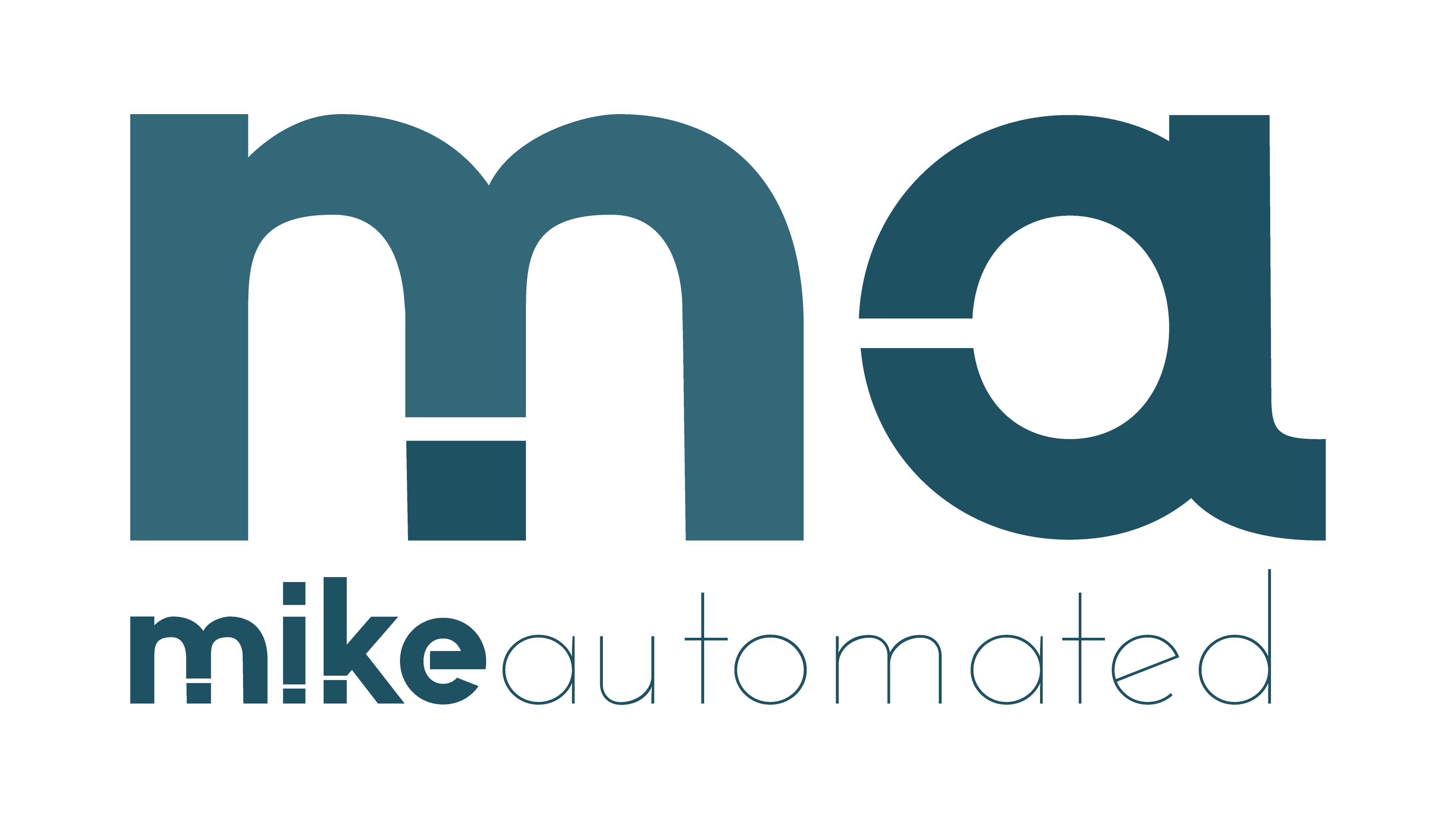- Misunderstanding AI Implementation derails strategy; start with a specific problem, not a tool.
- Differentiate between hype and value by tying AI work to measurable business outcomes.
- Build a data foundation and governance before you scale.
- Use small, well-defined pilots with clear ROIs to learn and iterate.
- Leadership and change management are essential for adoption and sustainment.
What Misunderstanding AI Implementation Means for Business Strategy
Misunderstanding AI Implementation is a recurring hurdle in strategic planning. AI is not a magic wand; it is a collection of capabilities that must be anchored to a concrete business problem. Without framing the problem, data, and governance, teams chase novelty rather than value. In this guide, we connect the dots from initial misconceptions to practical, ROI-driven actions. For deeper context, consider related reads on AI for business strategy and machine learning basics.
Common misconceptions about AI in business
Many leaders assume AI automatically improves every process. In truth, AI works best when it substitutes or augments a specific decision or task. Misunderstanding AI Implementation often surfaces as an overreliance on tech hype rather than business rationale. A second error is treating data as a byproduct rather than a strategic asset. Without a data strategy, even sophisticated models struggle to deliver reliable results.
Why misalignment happens
Misalignment typically occurs when teams focus on the latest tool instead of the problem. Leaders may push for 100 percent automation without considering change management, governance, and cross-functional ownership. The result is partial adoption, inconsistent outcomes, and wasted effort. A thoughtful approach keeps people, processes, and data in sync.
What AI Can and Cannot Do in Business
AI technologies span several capabilities, from natural language processing to predictive analytics. We must distinguish between what is technically possible and what is strategically valuable. Misunderstanding AI Implementation often arises when teams conflate tool capability with business impact. If a project cannot be tied to a measurable outcome, it is unlikely to deliver ROI. For context, explore AI implementation guides and AI FAQs.
Types of AI relevant to business
In practice, businesses use a mix of AI approaches. Machine learning basics help forecast demand, detect anomalies, and personalize offers. Natural language processing enables smarter chat interfaces and automatic document understanding. Computer vision assists with quality control and safety. Each type serves a distinct business case, not a universal cure.
Limits of data and the data strategy
Data quality, availability, and governance determine AI success. A model trained on biased or incomplete data will produce biased or unreliable results. Start with a data strategy that includes data lineage, quality checks, and access controls. Without these foundations, you cannot trust the model’s outputs or its business impact.
How to Plan a Practical AI Implementation
Plan begins with a single, well-defined business problem. Do not start with the technology. Misunderstanding AI Implementation often stems from the belief that more data or a flashier algorithm will automatically yield value. The right plan asks: What decision will AI improve? How will we measure success? How will this scale responsibly?
Start with a clear problem, not a tool
Frame an issue that is worth solving within weeks, not months. For example, can we reduce customer wait times by 20 percent with an automated support triage? Define the decision, the data needed, and the expected impact. This clarity makes it possible to align stakeholders and secure sponsorship.
Build a data foundation
Establish data quality, access, and governance before modeling. Create a data catalog that catalogs sources, owners, and update frequencies. Introduce data contracts between teams to ensure consistency. A solid data foundation reduces rework and accelerates learning during pilots.
Choose pilots with measurable ROI
Design pilots that deliver a concrete, trackable outcome within 8–12 weeks. Use simple metrics at first, then expand. A good pilot tests a specific hypothesis, not a broad capability. If the pilot fails to show value, stop quickly and learn, rather than scale a flawed approach.
Change management and governance
Governance defines roles, decision rights, and accountability. Include cross-functional teams from product, operations, data science, and IT. Communicate early about responsibilities and the expected changes to daily work. Effective governance reduces resistance and speeds adoption.
The Role of Leadership and Organizational Readiness
Leadership sets the pace and tone for AI initiatives. Leaders must translate technical potential into business value and ensure teams align around a shared vision. Readiness includes the ability to adopt new processes, invest in the necessary skills, and sustain momentum beyond initial wins. Reading recommendations include our article on AI misconceptions and building AI capability.
Practical Examples and Case Studies
Concrete cases help illustrate how the framework works in real life. Below are two relatable scenarios that capture the core ideas of Misunderstanding AI Implementation and how to overcome them.
Example 1: Customer service automation
A consumer brand faced long ticket queues. Instead of rushing to deploy a general chatbot, the team defined a problem: reduce first response time for Tier 1 inquiries by 50 percent. They built a small data set of common questions, tested a voice-activated bot with a limited scope, and tracked response time and customer satisfaction. After a 6-week pilot, they achieved the target reduction and used the learnings to broaden coverage with governance in place. The project demonstrates the value of starting with a precise problem and a tight ROI.
Example 2: Predictive maintenance
A manufacturing plant sought to prevent unexpected downtime. They framed the problem as predicting equipment failure within a 24-hour window and scheduled maintenance accordingly. The data team established data pipelines from sensors to a risk score and deployed a pilot on a single line. The result was a measurable decrease in unplanned downtime and a clear path to scale with robust data governance.
Common Pitfalls and How to Avoid Them
- Pitfall: chasing the latest tool without a problem frame. Mitigation: start with the decision and verify ROI first.
- Pitfall: poor data quality. Mitigation: invest in data governance and a clear data strategy.
- Pitfall: lack of governance. Mitigation: establish cross-functional ownership early.
- Pitfall: overpromising outcomes. Mitigation: set realistic milestones and communicate progress.
Measuring Success: KPIs and ROI
Successful AI programs tie to business outcomes. Use a mix of leading and lagging indicators. Short-term metrics include time-to-value, pilot ROI, and accuracy on a defined task. Long-term metrics track sustained impact on revenue, cost, or customer experience. Always compare against baselines and set repeated evaluation points to determine next steps.
Visualizing AI Adoption: Recommended Visuals
Visuals help stakeholders understand progress and value. Recommended visuals include a flowchart of the pilot life cycle, a dashboard showing pilot performance against targets, and a roadmap illustrating governance milestones. A simple infographic can depict the journey from problem framing to scalable deployment. For reference, consider a basic flowchart image at AI adoption flow to accompany the post.
Conclusion: Clarity Enables Confidence
Misunderstanding AI Implementation undermines strategy when teams chase technology instead of impact. By pairing a precise problem with a solid data foundation, clear governance, and disciplined pilots, organizations move from hype to measurable value. Leaders who champion problem-first thinking, data stewardship, and cross-functional collaboration create an environment where AI acts as a strategic amplifier rather than a speculative gamble. If you are ready to translate AI potential into business results, start with a single, well-scoped opportunity and build from there—one proven step at a time.



